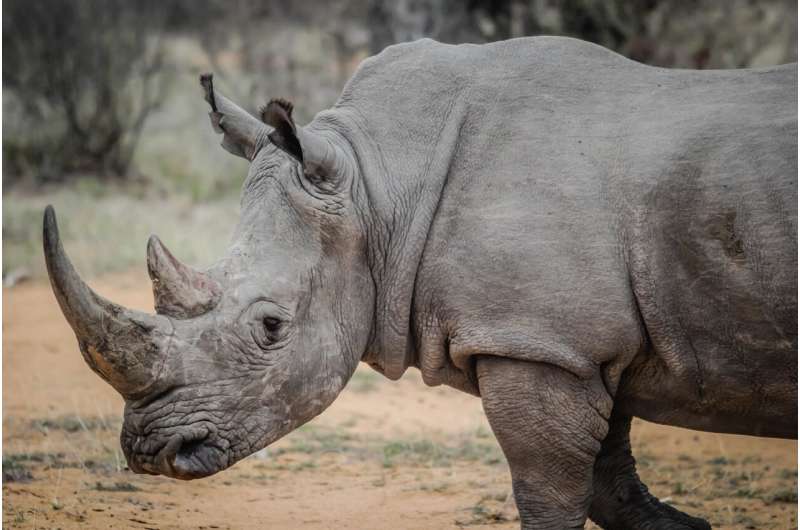New research reveals that analyzing insects found on the decomposing bodies of illegally hunted rhinoceroses can provide vital forensic information to help investigators construct cases against suspected poachers. This groundbreaking study highlights the growing role of forensic entomology in combating the global poaching crisis and protecting endangered species like the rhino.

Uncovering the Secrets of Rhino Poaching
In a recent study published in the journal Medical and Veterinary Entomology, researchers examined 19 rhinoceroses that were illegally killed and dehorned in the Republic of South Africa between 2014 and 2021. By collecting and analyzing the 74 samples of insect evidence found on these rhinoceros remains, the scientists were able to accurately estimate the time of death for each animal.
The study identified 18 different insect species from 12 families across three insect orders, which provided crucial insights into the timeline of these criminal acts. “This has implications across both the science of forensic entomology and forensic wildlife, and especially highlights the opportunities for improving the global understanding of the procedures related to criminal wildlife cases,” said co-corresponding author Ian R. Dadour, Ph.D., of Source Certain and Murdoch University in Australia.
Turning the Tide on Rhino Poaching
The findings of this study have significant implications for the fight against the illegal wildlife trade. By using insect evidence to accurately determine the time of death, investigators can better construct timelines and build stronger cases against suspected poachers. This information can be a valuable tool in the hands of law enforcement and conservation organizations working to protect endangered species like the rhinoceros.
According to the researchers, the results of this study, combined with the efforts of ranger teams and satellite tracking, have led to a rebound in rhinoceros populations over the last 30 years. This highlights the importance of interdisciplinary approaches and the crucial role that science can play in combating the global poaching crisis.
The Growing Field of Forensic Entomology
The study of insects and their role in forensic investigations, known as forensic entomology, is a rapidly evolving field with applications in both human and wildlife crime cases. By understanding the life cycles and behavior of insects, forensic entomologists can provide valuable insights into the time and circumstances of a death, which can be pivotal in criminal investigations.
In the case of the rhinoceros poaching study, the researchers were able to use the insects found on the decomposing bodies to estimate the time of death, which is a crucial piece of information for prosecutors building cases against suspected poachers. As technology and scientific understanding continue to advance, the role of forensic entomology in protecting endangered species and combating the illegal wildlife trade is likely to grow in the years to come.
